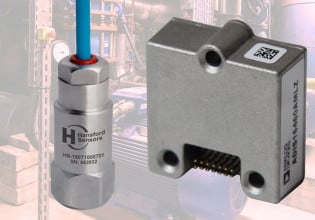S
I am trying to capture rs422 data with a proprietary word length and marker set (start/parity/stop). The convertor salesman assured his would do the trick - what I found out was that the pc based system eats the 422 data thinking it is 232 type protocol word frame markers! so for any amount of true data on the 422 side, the 232 convertor port level shifts it bit for bit, but the darn comm port/uart register only gives me 8 bits. Any data outside of the 8 bits will be dropped until the comm port interprets it as the proper start and stop markers used with 8 bit systems.
I have searched for 422 + pci in an effort to find a product - no luck as far as I can tell.
My constants on this project are 422 fixed word definition, the PC and Visual basic.
hoping someone can help guide me.
Thanks
I have searched for 422 + pci in an effort to find a product - no luck as far as I can tell.
My constants on this project are 422 fixed word definition, the PC and Visual basic.
hoping someone can help guide me.
Thanks






